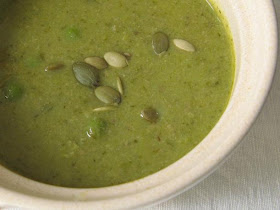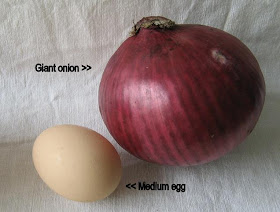Having been left with a quite a bit of lotus seed paste from a project for the Don't Call Me Chef column (see tab above; a post on this will appear on Monday to coincide with the publication of the newspaper article), I thought I might use it in another dessert. Many Chinese desserts use the paste as a filling, but I decided go with "Western-style" cupcakes. (I know, I know, the picture above could be for any cupcake, but I assure you there's lotus paste in the centre; scroll down for a picture of the cross-section.)
I used a basic Victoria Sponge recipe because it never fails. It's quick to make, and because this is such a small amount of batter, I simply beat it by hand. In fact, with this recipe, it's the frosting that requires attention. I decided on a boiled frosting, which is light and not too sweet. It is made from egg whites, so be sure to use organic, free-range eggs. The eggs are not fully cooked even though hot sugar syrup is mixed into the beaten whites, so if you or the people you're making this cake for are among those advised not to take raw eggs (the very young, the elderly, expecting mothers, etc), you may want to go with another type of frosting instead.
Just so you know, the lotus paste is green because it is flavoured with the juice from pandan or screwpine leaves. I wouldn't want you to think it had gone off or anything. You may also be able to find the white variety, or use red bean paste. Thank goodness I went to the bakery supply shop early because stocks have run low since Chinese New Year is only two weeks away.
Vanilla Cupcakes with Lotus Seed Paste Filling
Vanilla Cupcakes with Lotus Seed Paste Filling
Makes 8 medium cupcakes. The batter is also sufficient for a 17cm layer cake.
125g butter, softened
125g caster sugar
2 medium eggs, left at room temperature for 30 minutes
125g all-purpose flour
½ tsp baking powder
Pinch of salt
½ tsp vanilla extract
1-2 tsp milk
¾ cup ready-made lotus seed paste
Preheat oven at 175°C. Line 8 medium cupcake moulds with paper cups. Sift flour, baking powder and salt together. Set aside. Roll lotus paste into 8 balls (about 1 heaped teaspoon each; I use a melon-baller).
In a medium bowl, beat butter and sugar until light and creamy (by hand or electric mixer). Add eggs one at a time and beat to incorporate. Stir in flour mixture and vanilla extract. Add enough milk so that batter is not too stiff.
Fill each paper cup to about half full. Place a ball of lotus seed paste in the centre and push down lightly; cover with more batter until paper cups are two-thirds full. Bake for 16-20 minutes until firm to the touch and lightly browned on top. Remove cupcakes from the pan and immediately place on a wire rack to cool (left in the tin for too long, the paper will come away from the cake). When cool, frost with Boiled Vanilla Frosting.
Boiled Vanilla Frosting
Makes enough frosting for 12 medium cupcakes or to fill and top a 17cm layer cake. Refrigerate in an air-tight container and use within 3 days. This frosting dries out quickly so make just before assembling the cakes. Don't even attempt this without an electric hand beater or stand mixer.
¾ cup white caster sugar
¼ cup water
2 medium egg whites (separate eggs when cold, then leave the whites at room temperature for 30 minutes)
¼ teaspoon cream of tartar
1 teaspoon vanilla extract
In a saucepan, stir together the sugar and water. Cook over low heat until the sugar is dissolved. Turn heat up to moderate and bring syrup to the boil. Allow to boil rapidly without stirring for about 10 minutes (the sugar syrup will still be clear) until syrup reaches the soft-ball stage or registers 115°C on a candy thermometer.
 In a medium mixing bowl, whip the egg whites and cream of tartar to soft peaks; add the vanilla and whip briefly to combine. Add the hot sugar mixture in a thin stream (down the side of the bowl so it does not spatter) while whipping constantly until the bowl is no longer warm and the frosting is thick, glossy and holds its shape, 7-10 minutes. Frost and decorate cupcakes as desired.
In a medium mixing bowl, whip the egg whites and cream of tartar to soft peaks; add the vanilla and whip briefly to combine. Add the hot sugar mixture in a thin stream (down the side of the bowl so it does not spatter) while whipping constantly until the bowl is no longer warm and the frosting is thick, glossy and holds its shape, 7-10 minutes. Frost and decorate cupcakes as desired.
























